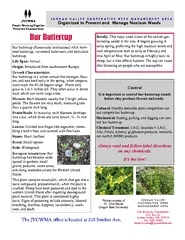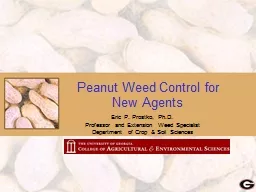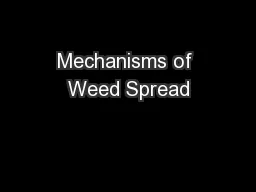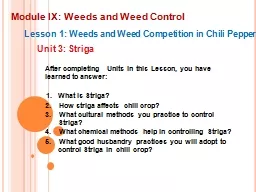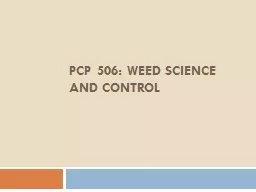PDF-Briefly This nasty weed is one of the earliest ger min
Author : faustina-dinatale | Published Date : 2015-04-19
It begins growing in early spring preferring the high moisture levels and cool temperatures seen as early as February and into April or May Bur buttercup is highly
Presentation Embed Code
Download Presentation
Download Presentation The PPT/PDF document "Briefly This nasty weed is one of the ea..." is the property of its rightful owner. Permission is granted to download and print the materials on this website for personal, non-commercial use only, and to display it on your personal computer provided you do not modify the materials and that you retain all copyright notices contained in the materials. By downloading content from our website, you accept the terms of this agreement.
Briefly This nasty weed is one of the earliest ger min: Transcript
Download Rules Of Document
"Briefly This nasty weed is one of the earliest ger min"The content belongs to its owner. You may download and print it for personal use, without modification, and keep all copyright notices. By downloading, you agree to these terms.
Related Documents

